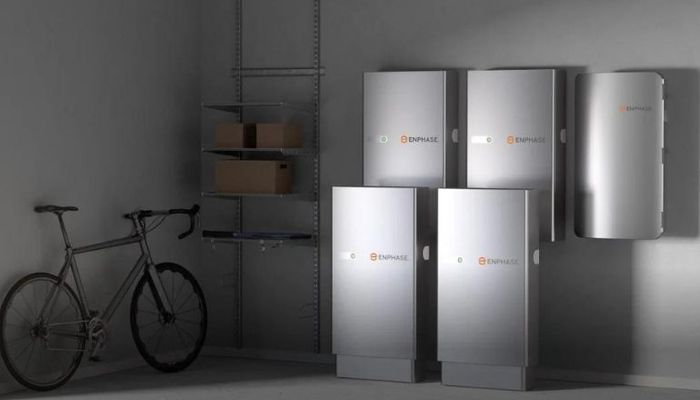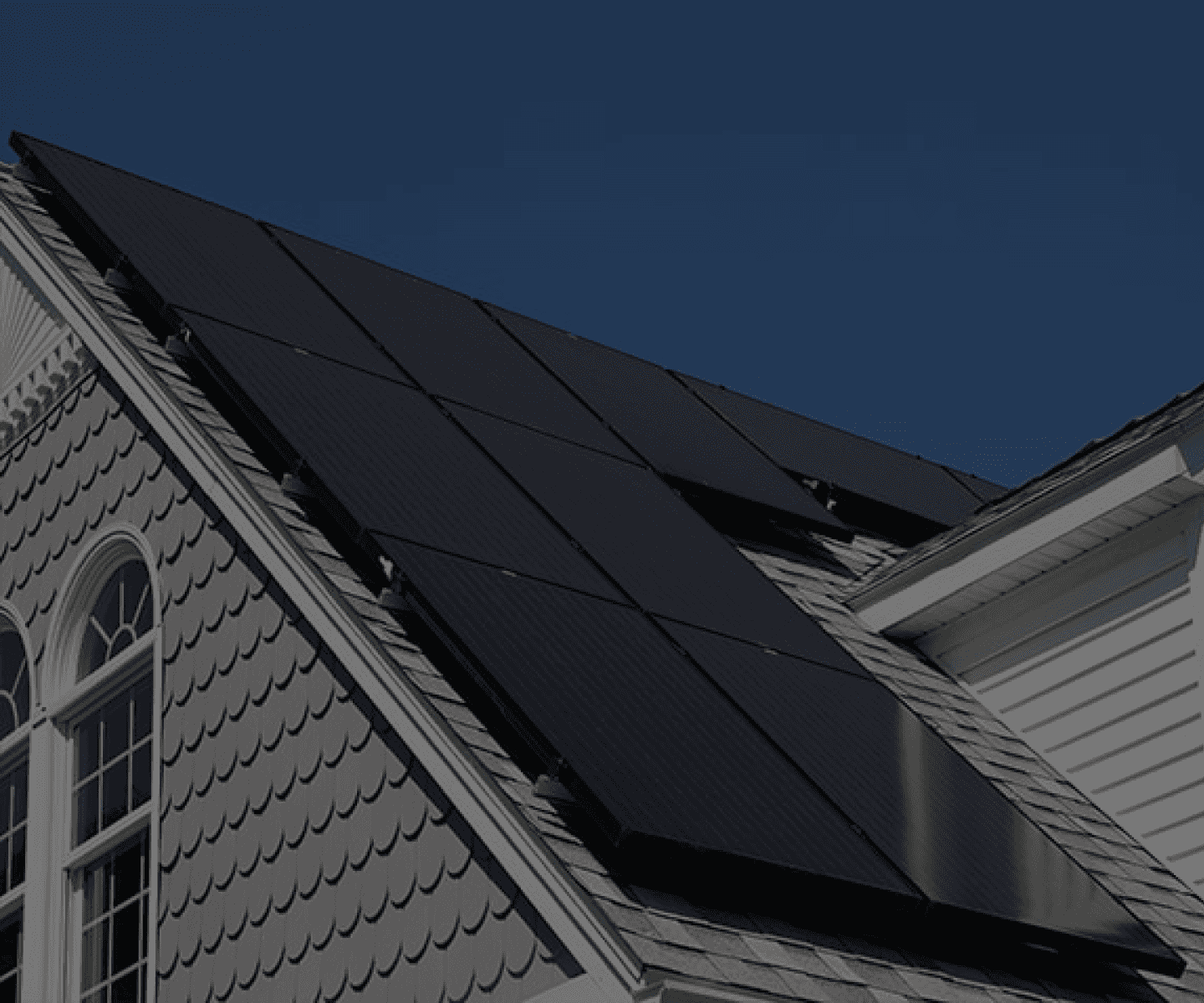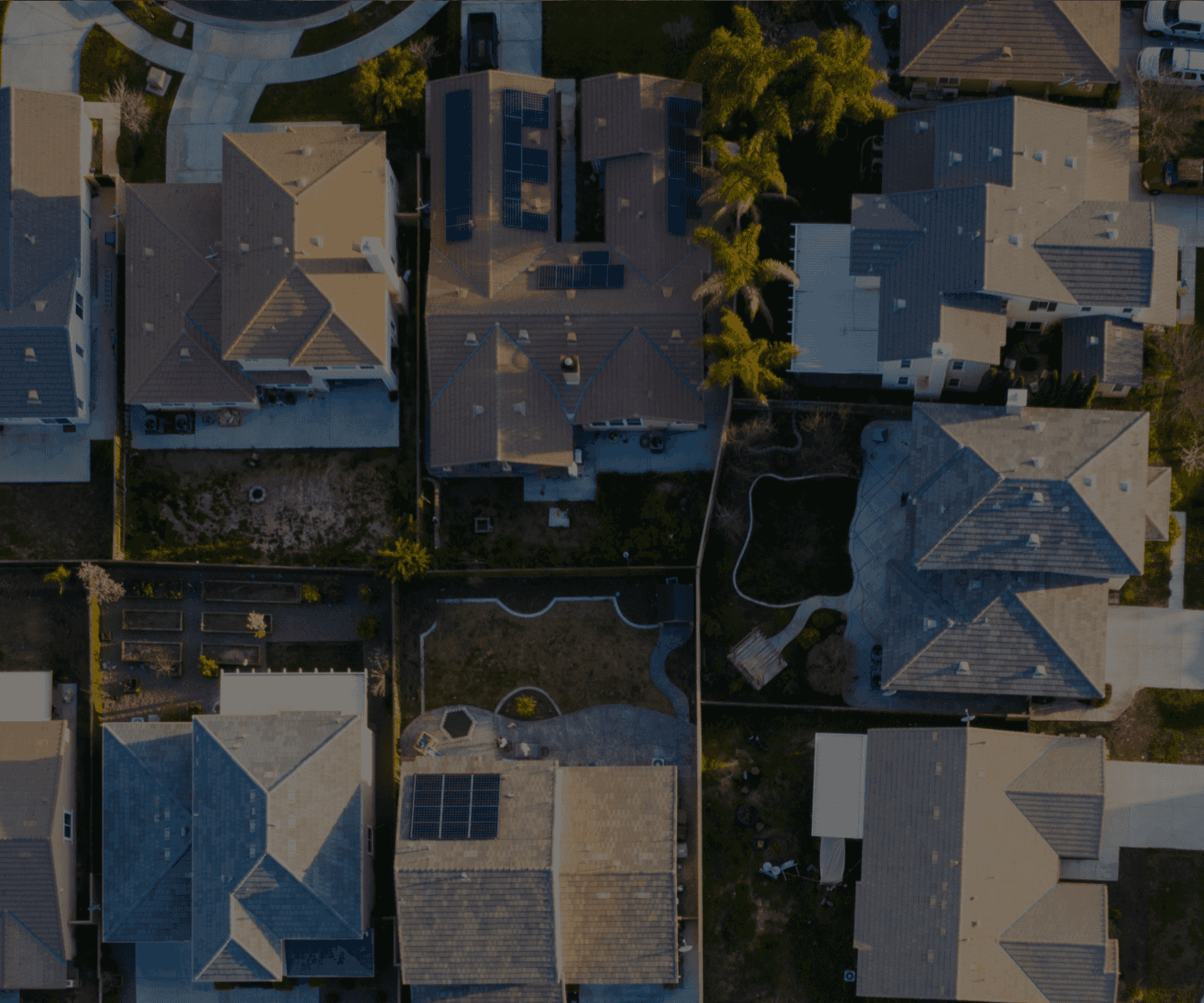AC Coupling vs. DC Coupling: What’s the Difference?

Installing a solar power system with battery storage is becoming popular among consumers in the solar market.
Adding a battery bank to your PV system has numerous benefits, including complete energy independence, additional savings with tax credits and rebates, and even lower (or eliminated) electric bills.
If you’re planning to install batteries for your grid-tie or off-grid solar system, you’ll need to learn about AC and DC coupling, two ways you can connect a solar PV system with energy storage.
Today, we’ll cover the differences between DC coupling and AC coupling, the pros and cons and when to use each.
What is DC Coupling for Solar?
In the early years of solar technology, DC coupling was the way to go.
Solar panels produce DC power. In a DC-coupled system, that power feeds to a DC battery bank through a charge controller. Charge controllers are DC-to-DC converters that manage the energy from the solar array to charge the battery bank at the proper voltage and prevent the batteries from overcharging.
While solar panels produce DC power, our utilities and appliances require AC power. Therefore, the system would also need a battery-based inverter converting DC power from the solar batteries to AC power for the home.
Benefits of DC Coupling
Both solar panels and batteries are DC devices, so DC coupling can be advantageous. A DC-coupled system can send maximum power into the batteries without losing efficiency while converting from DC to AC.
Drawbacks of DC Coupling
The most significant disadvantage of DC coupling is the DC wiring, which is more dangerous to work with than AC wires. DC wires must be in metal conduit when inside a building.
And, if you are working with a 12 to 48-volt battery bank, you will have to use 2/0 or 4/0 battery cables to make all your connections, which can be expensive.
Another thing to note is that if you already have a grid-tie system but want to add batteries, you will have to replace your existing solar inverter to have a DC-coupled system.
Finally, with a DC-coupled system, the amount of AC power available to run loads is based on the wattage of the battery-based inverter. If you want more power, you must buy a larger battery-based inverter (or combine two), which can be costly.
When to Use DC Coupling
You should use DC coupling if:
- Your highest priority is getting the absolute maximum amount of power from your solar panels into the battery bank
- You do not already have an existing solar system with a grid-tie inverter.

What is AC Coupling?
An AC-coupling system has a grid-tie solar inverter and battery-based inverter. You can also use an “AC battery” — an energy storage system with an integrated inverter system instead of a separate battery-based inverter.
With AC coupling, the solar array connects to the grid-tie solar inverter, which converts DC power to AC power. The output of that solar inverter connects to the AC output of the battery-based inverter (or AC battery). The battery-based inverter (or AC battery) uses the AC output from the solar inverter to charge the batteries and run any operating loads.
Benefits of AC Coupling
AC wiring is much easier to install. Additionally, AC coupling is a less expensive way to retrofit battery storage systems on existing grid-tie PV systems.
Lastly, AC-coupled systems allow more power to deliver to AC loads when the sun shines. That’s because the energy from your solar inverter(s) and battery bank can feed your loads simultaneously. You can have more power delivered to your loads at a lower cost (but only during the day). At night, you are limited to the power output from the battery-based inverter or AC battery.
Drawbacks of AC Coupling
The biggest drawback of an AC-coupled system is efficiency. In AC-coupled systems, the power from the solar array must be converted from DC to AC, then back to DC for storage in the batteries. Some efficiency is lost but is typically only a small percentage.
When to Use AC Coupling
You should use AC coupling if:
- You already have an existing grid-tie solar system
- You are considering DIY installation for your solar system
- You need or use more power during the day when the sun is out.
Since AC wiring is easier to install and less expensive, this method is ideal for solar DIY-ers. See whether DIY solar is right for you.
Now that you understand the differences between DC and AC coupling, you’re ready to take the next step with installing solar or battery storage! You’ll want expert advice throughout the shopping and installation process, so look no further than the DIY solar experts at GoGreenSolar.
Our solar veterans and NABCEP-certified installers will work closely with you on system design, product selection, and PV and battery installation. You’ll have a complete and working solar system up and running in no time!
Contact us or request a quote today.






